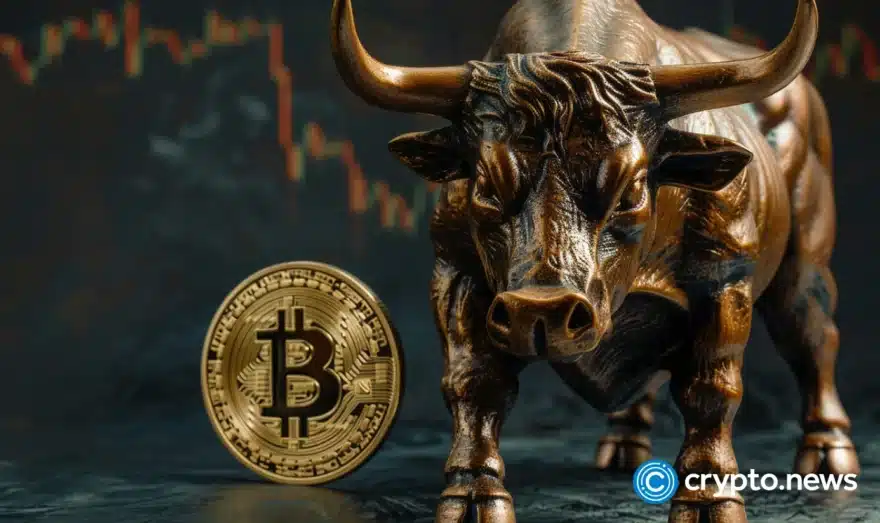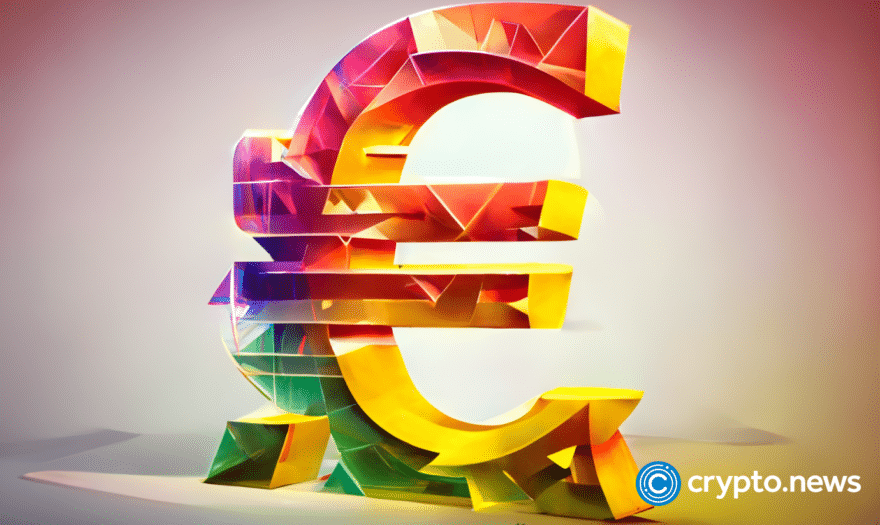What are stablecoins and how do they work?

If you’re new to the crypto space, understanding stablecoins is one of the most important aspects of this industry. In this article, you’ll understand the role of stablecoins in crypto, popular stablecoins, how stablecoins work, and the risks associated with them.
Table of Contents
What are stablecoins?
As the name suggests, stablecoins are a type of cryptocurrency that has a stable value as they are pegged to a reserve of assets, which can be traditional assets like gold or silver or major cryptocurrencies like Bitcoin (BTC) or Ethereum (ETH).
At the time of writing, the stablecoins market cap in the crypto world has gone up from $83 billion last year to $173 billion in 2024. This indicates an increasing level of acceptance when it comes to stablecoins despite the stablecoin industry battling with problems of depegging and liquidity now and then.
Types of stablecoins
There are many stablecoins in the crypto market, but here we will list the top three types of stablecoins by market cap.
Tether (USDT)
Tether is a stablecoin that is directly pegged to the US dollar. It is currently the most popular stablecoin with the largest market capitalization, currently standing at 119 billion dollars.
USD Coin (USDC)
USDC survived a significant depegging in March 2023 and is still standing at a market capitalization of 35.57 billion dollars, making it the second-largest stablecoin in the crypto market.
Dai (DAI)
Dai is a stablecoin issued by the Maker Protocol. It is the third-largest stablecoin by market capitalization, currently standing at 5.87 billion dollars.
How do stablecoins work?
To understand how stablecoins work, you must understand the sole mission towards which they thrive, and that is price stability under all market conditions. That’s a tough job in a bear market as the assets or investors backing the stablecoins significantly fall in bearish market sentiments. But this is just the tip of the iceberg, things are a little more complex than just reserves of assets and market conditions.
Almost all stablecoins try to maintain a value of $1 at all times. For each stablecoin, a similar net worth of asset has to back it, ideally 1 US dollar, which allows users to exchange stablecoins for their pegged value at a 1:1 ratio.
Stablecoins can be backed by fiat currencies like the dollar or euro, or like Maker Protocol’s Dai token, they can be backed by cryptocurrencies, which require users to stake their crypto in smart contracts. Dai is collateralized by mainly using ETH to buy the dollar-equivalent amount of DAI on an exchange or staking ETH into Maker Protocol smart contracts and being issued with DAI in exchange. The Maker protocol adjusts the collateral ratio in the smart contracts as per market demand and tracks the value of the US dollar at almost 1:1.
What are the risks of stablecoins?
Some people may argue that the risks of stablecoins may outweigh their main advantage and use case, which is stablecoin’s price stability, and they might have a case. Let’s learn what the potential risks associated with stablecoins:
Reserves/Collateral Shortage
The value of stablecoins is directly dependent on the issuer maintaining a stable amount of reserves. In case of mismanagement, which comes from a lack of transparency, investors may lose confidence, and depegging can be the end result.
Liquidity Redemption
Redeeming your stablecoins for the expected 1:1 value is a big challenge when markets aren’t stable which can lead to potential losses due to price fluctuations.
Algorithmic Stability
Complex mechanisms are in place to run the entire process that maintains the peg of algorithmic stablecoins. In case of poor design or failure of these mechanisms, stablecoins can depend significantly, as we witnessed in the case of Terra.
Trust & Public Image
The success of a stablecoin is often dependent on the public interest and adoption in the long run. If the marketing or brand image of a stablecoin deteriorates, so does the stablecoin in the long run.
The stablecoin risks above highlight the importance of understanding stablecoins before you think about investing in them.
What are stablecoins used for?
Since the launch of Bitcoin in January 2009, the space of cryptocurrencies went from skepticism to mainstream adoption. A similar case is being seen in the case of stablecoins as more and more institutions launch their native stablecoin, and at the same time, investors are showing interest in them as well.
Stablecoins serve as an ideal base currency that you can use to buy, sell, transfer, and receive payments on the blockchain. A good example of this is Tether (USDT) which is widely popular among crypto users to trade on centralized and decentralized exchanges.
Companies are also using stablecoins to pay salaries, while large organizations are using them as collateral to borrow other crypto assets, a great example of which is decentralized finance (DeFi). The whole concept of DeFi means that companies provide a stable asset, i.e. stablecoin, to users on which they can earn interest over time. In return, users stake their crypto/fiat assets on the company’s platform.
Why are stablecoins important?
The main importance of stablecoins is that they provide ease to the average investor who wants to buy or sell cryptocurrency. If there was no concept of stablecoin, users would have hesitated to hold a volatile asset like BTC or ETH to trade with other cryptocurrencies.
Stablecons also opened new doors of financial freedom, a major example of this being decentralized finance, which is now being compared to traditional real-world finance. Finally, stablecoins offer stability to users who are located in countries where their local currencies are not that stable which then saves them from potential losses due to significant price fluctuations.
Regulation and future of stablecoins
Stablecoins have truly made a big impact in regulated finance, a big example of which is the upcoming central bank digital currencies (CBDCs). However, despite this big revelation in the world of stablecoins, it is still an evolving landscape. Regulation, a clear framework, and increased collaborations are required to make stablecoins a common name in the traditional finance sector.
At present, the future of stablecoins seems bright, and 2025 may as well prove to be a groundbreaking year for them, thanks to many regulations about stablecoins being introduced across the European Union.
















